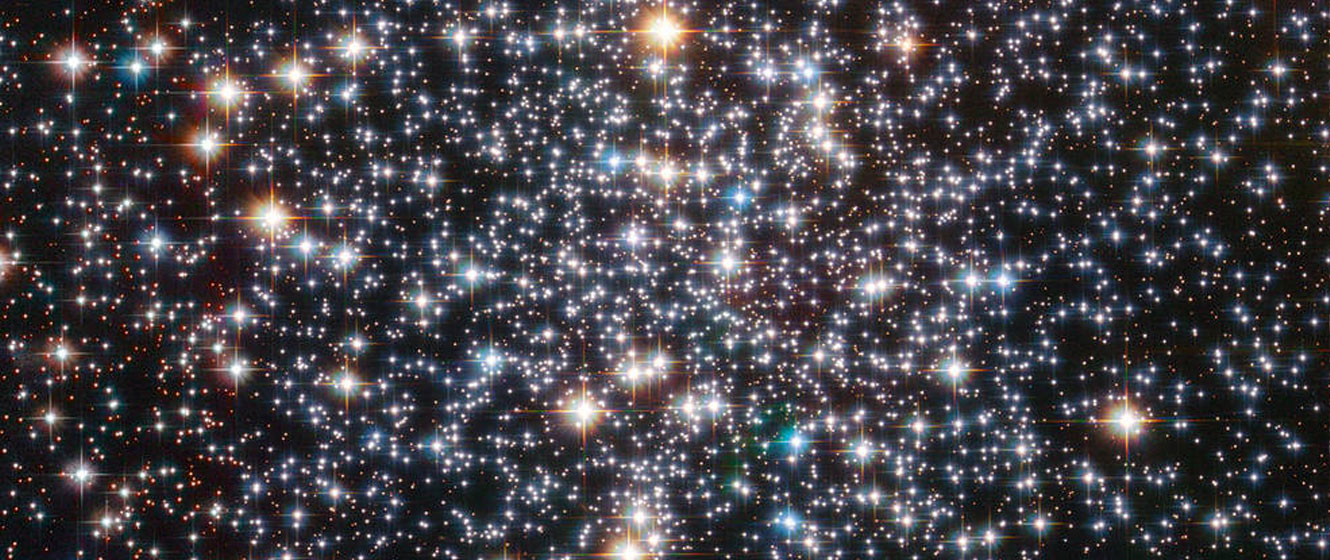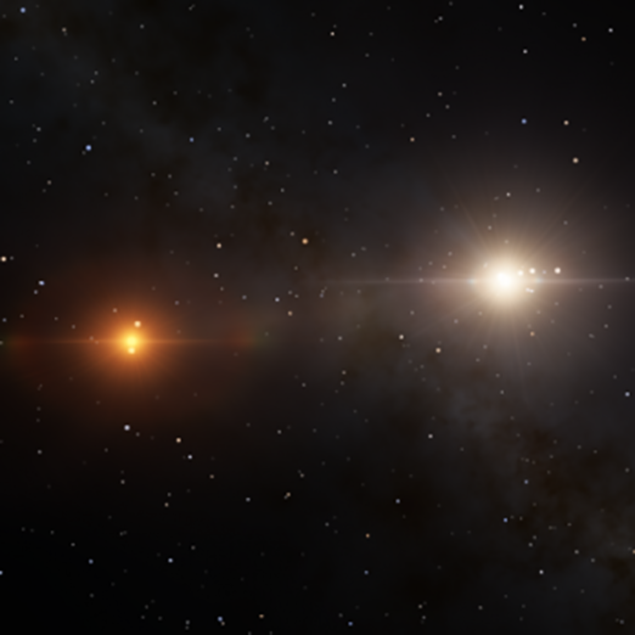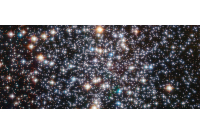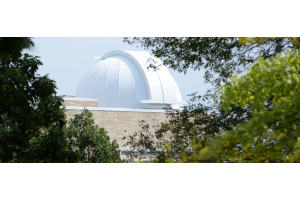
In this episode of What's in the Sky this Month, Teagan reviews some of the beautiful celestial objects you can see in the month of June 2022.

Image credit: ESA/Hubble & NASA
Messier 4 (M4)
- Type: Globular Cluster
- Constellation: Scorpius
- Distance: 9,800 light-years
- Magnitude: 5.4
- Apparent Diameter: 36’
One of the best examples of a summer globular is M4, a bright globular that’s easily found about midway between the stars Antares and Al Niyat in Scorpius. This southern constellation doesn’t rise very high from northern latitudes, but you’ll still be able to get a good view of M4.
If you live under reasonably dark skies, you should be able to spot M4 with binoculars. It’ll appear as a fairly bright, hazy patch, but if you live under light-polluted skies, you may need the help of a telescope to find it.
A low magnification of about 40x may be enough to start resolving the cluster with averted vision. Double the magnification and you’ll also see a prominent bar of stars that crosses the cluster from north to south.
OUR NEAREST NEIGHBORS
The evening sky is totally devoid of planets this month. Saturn is the first to rise and is well placed for observation in the hours after midnight. Look out for a waning gibbous Moon close by on the 18th. Next over the horizon is distant Neptune, which rises about 75 minutes after Saturn, with both Jupiter and Mars following shortly after. Mars and Jupiter form a close binocular pair at the start of the month but then start to drift apart. The last quarter Moon passes Jupiter and Mars on the 21st and 22nd. Next up is faint Uranus, but it will still be low over the horizon when the sky starts to brighten. Venus also rises several hours before the Sun, but is much brighter than Uranus and can be seen shining brilliantly in the twilight. Mercury edges away from the Sun and becomes visible at about 20 to 30 minutes before sunrise from around the 10th onwards. A thin crescent Moon appears to the left of Venus on the 26th and then a little to the left of Mercury the following morning. Lastly, the Moon itself turns full on the 14th and new on the 29th.

Image credit: ESA/Hubble & NASA
M5
Visible in binoculars and telescopes, M5 appears slightly oval at low power, with a halo that extends about twice as far as the core itself.

Image credit: ESA/Hubble & NASA
M12
M12 appears as a fairly bright, nebulous patch through binoculars, while through a small telescope it appears large, uniformly grey, and misty but with some resolution with averted vision.

Image credit: Steve Bowers
Xi Bootis
You’ll need a magnification of close to 100x to split this star. It’s a pretty double, with a creamy, pale gold primary and a coppery or rosy-colored companion.

Image credit: NASA, The Hubble Heritage Team, STScI, AURA
M80
M80 is bright enough to be detected with binoculars, but you won’t see anything more than a tiny, misty patch. Telescopes will show a bright, compact core that requires a larger scope to resolve.
STELLAR CONCEPTS
Right Ascension (RA): You’re probably familiar with latitude and longitude, the coordinate system we use to describe the position of features on Earth. Astronomers use a similar system for objects in the night sky. Right Ascension (RA) is the celestial equivalent of longitude, but rather than being measured in degrees, it’s measured in hours and minutes. More specifically, an object’s position could be anything from 0 hours, 0 minutes, and 0 seconds (00h 00m 00s) to 23 hours, 59 minutes, and 59 seconds (23h 59m 59s.) Zero hours right ascension is located in Pisces, where the Sun crosses the celestial equator.
This Article was Last Updated on 07/20/2023











